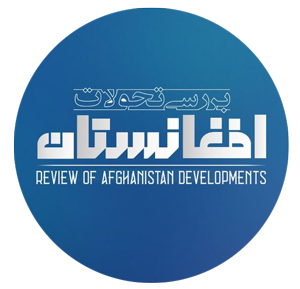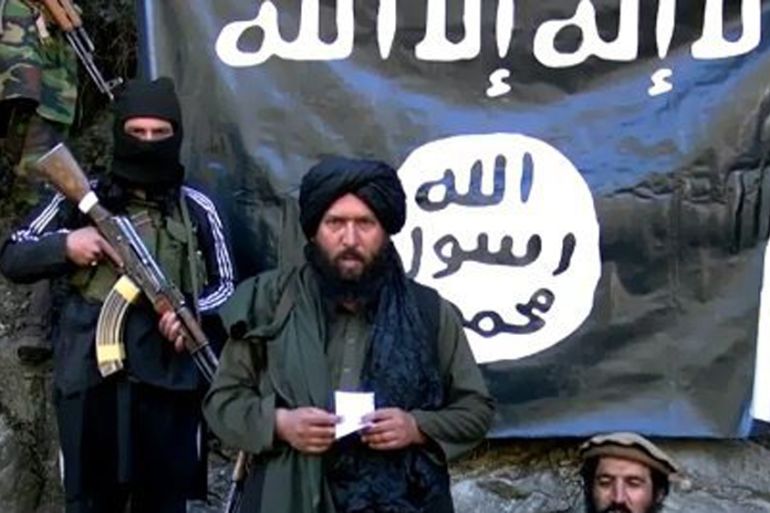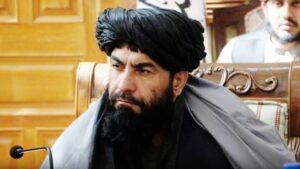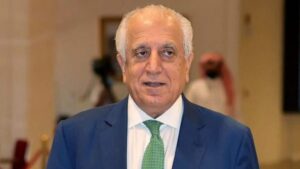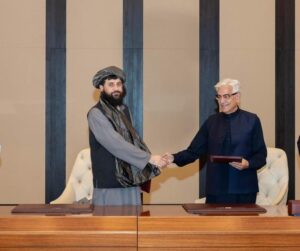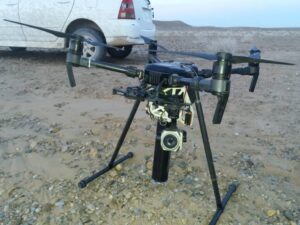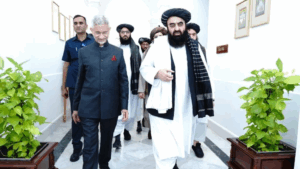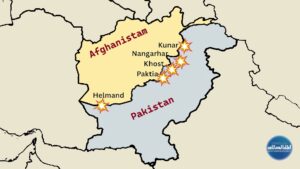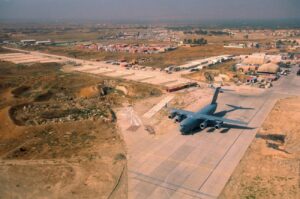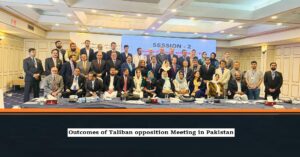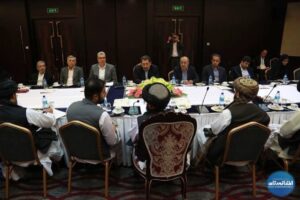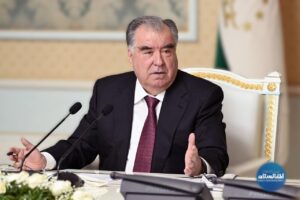Review of Afghanistan developments
For an extended period, the territory of Afghanistan was regarded as the primary suspect in harboring ISIS Khorasan. Much of the conjecture stemmed from the belief that Afghan territory served as the principal base for ISIS-K and the central hub for the group’s strategizing to execute attacks within Afghanistan and in other nations, such as Iran and Russia.
In recent years, the Taliban administration has consistently declared that Pakistan has emerged as the primary base of ISIS Khorasan, asserting that attacks by ISIS-K in Afghanistan, Iran, and Russia are orchestrated from Pakistani territory. Nevertheless, the majority of experts, along with various regional governments, have assessed these claims made by Taliban officials and the media as a form of propaganda and a media campaign against Pakistan.
Repeated assaults by Baloch separatists on ISIS Khorasan installations in Pakistan’s Balochistan province, particularly the significant strike delivered by the Baloch Liberation Army (BLA) on the primary ISKP stronghold in the Mastung area of Balochistan, compelled ISIS Khorasan to disclose its existence in Pakistan. The revelation that ISIS Khorasan maintains permanent bases in Pakistan’s Baluchistan provinces not only clarifies the uncertainty surrounding this group’s presence in Pakistan but also prompts an inquiry into the explicit and implicit objectives of ISIS Khorasan’s operations in Balochistan.
In addressing this inquiry, four significant points ought to be highlighted.
1- Transfer of ISIS Khorasan from Afghanistan to Pakistan
It is unequivocal that ISIS Khorasan maintained secure bases and organized centers for strategizing and executing targeted assaults in Afghanistan prior to the Taliban’s rise to power. Following the formation of the Taliban government, the eradication of ISKP centers across Afghanistan became a significant priority for the Taliban. Based on objective and field evidence, the Taliban effectively dismantled ISIS Khorasan’s organizational presence within Afghanistan.
- Following the reduction of Afghanistan’s territory for ISIS-K, Pakistan, particularly the province of Balochistan, emerged as the most viable location for the organized activities of this group. Indisputable evidence, including ISIS-K’s own admissions, indicates that the group has relocated from Afghanistan to Balochistan, Pakistan. Recently, the Al-Azaim base associated with ISKP published a video in which it condemned the Baloch Liberation Army (BLA) for assaulting ISIS-K facilities in the Mastung area of Balochistan and declared a state of war against the group. This marked the first occasion on which ISIS Khorasan officially acknowledged its presence and operational base in Balochistan, Pakistan, through its media channels.

2- Pakistan’s multi-purpose use of ISIS Khorasan
The Taliban’s severe strikes against ISIS-K might have resulted in the total annihilation of this faction in the area; however, not only has this faction not been entirely eradicated, but it also retains the ability to execute attacks within Afghanistan. Furthermore, its operational reach has extended beyond Afghanistan to include Iran and Russia. The only explanation for this scenario is that one or more nations have played a role in the revival of this group.
The emergence of ISIS Khorasan in Pakistan has demonstrated that the assertions made by Taliban officials regarding the location of ISIS’s leadership and management centers being outside Afghanistan were indeed accurate, despite being dismissed by many. ISKP did not simply migrate to Pakistan following its suppression in Afghanistan; rather, it was relocated. It is inconceivable that ISIS Khorasan could independently transition from Afghanistan to Pakistan without the logistical backing of a significant force that controls all relevant aspects. The relocation of ISKP to Pakistan has confirmed that external influences have been involved in the presence and operations of this group in Afghanistan and other regional countries from the outset.
3- Pakistan’s goals in playing the ISIS Khorasan card
What motivates Pakistan to engage in such a perilous strategy, and what objectives does it aim to achieve? The response lies in Pakistan’s intention to leverage ISIS for multiple purposes.
At the national level, Pakistan is targeting separatist factions that deviate from the central government through ISIS Khorasan, while also, under the pretense of combating ISIS, effortlessly gaining control over regions where these separatists operate.
At the external level, this country, as it has done historically, presents itself as a victim of terrorism, thereby drawing global attention by depicting itself as the oppressed, a role in which it possesses both skill and experience. Furthermore, Pakistan, through its association with ISIS-K, perpetuates chaos in Afghanistan, creating an image of insecurity. Additionally, by merging ISIS with other affiliated groups, it undermines India’s stability and, in the long term, aims to replace ISIS with less active factions in Kashmir. This strategy will enable Pakistan to enhance its presence in Kashmir while simultaneously exonerating itself from allegations of sabotage against India.
Related Article:
Pakistan’s aims in detaining ISIS-K members
4- The triangle involving ISIS Khorasan, Pakistan, and America
Considering the explanations provided, the lingering question is what the relationship is between Pakistan’s objectives and the ISIS attacks in nations such as Russia and Iran? The response to this inquiry suggests the potential for collusion among ISIS Khorasan, Pakistan, and the United States. It is conceivable that Pakistan, by obtaining concessions from the United States, has facilitated a partnership between the two to fulfill Washington’s overarching ambitions. In light of the preceding hypothesis, there appears to be no link between ISIS’s actions against Russia and Iran and Pakistan’s internal interests, except for the involvement of a third nation, with the United States being the only plausible candidate.
The acknowledgment of ISIS Khorasan’s presence on Pakistani territory clarifies several significant aspects; firstly, it contradicts earlier beliefs by confirming that ISIS has established bases within Pakistan. Secondly, it has been demonstrated that ISIS functions merely as an instrument, and recent events indicate that this group has now become a pawn in the strategic maneuvers of both Pakistan and the United States. Based on historical precedents, Pakistan has shown adeptness in handling volatile situations and employs ISIS Khorasan as a means to achieve its internal and regional objectives.
